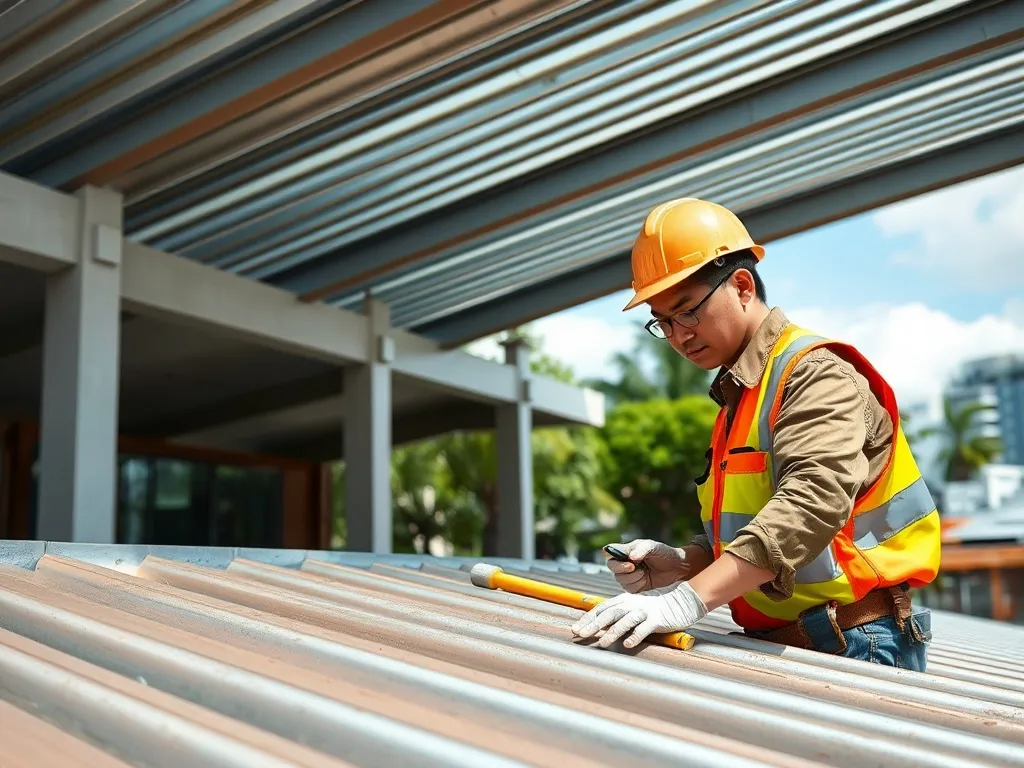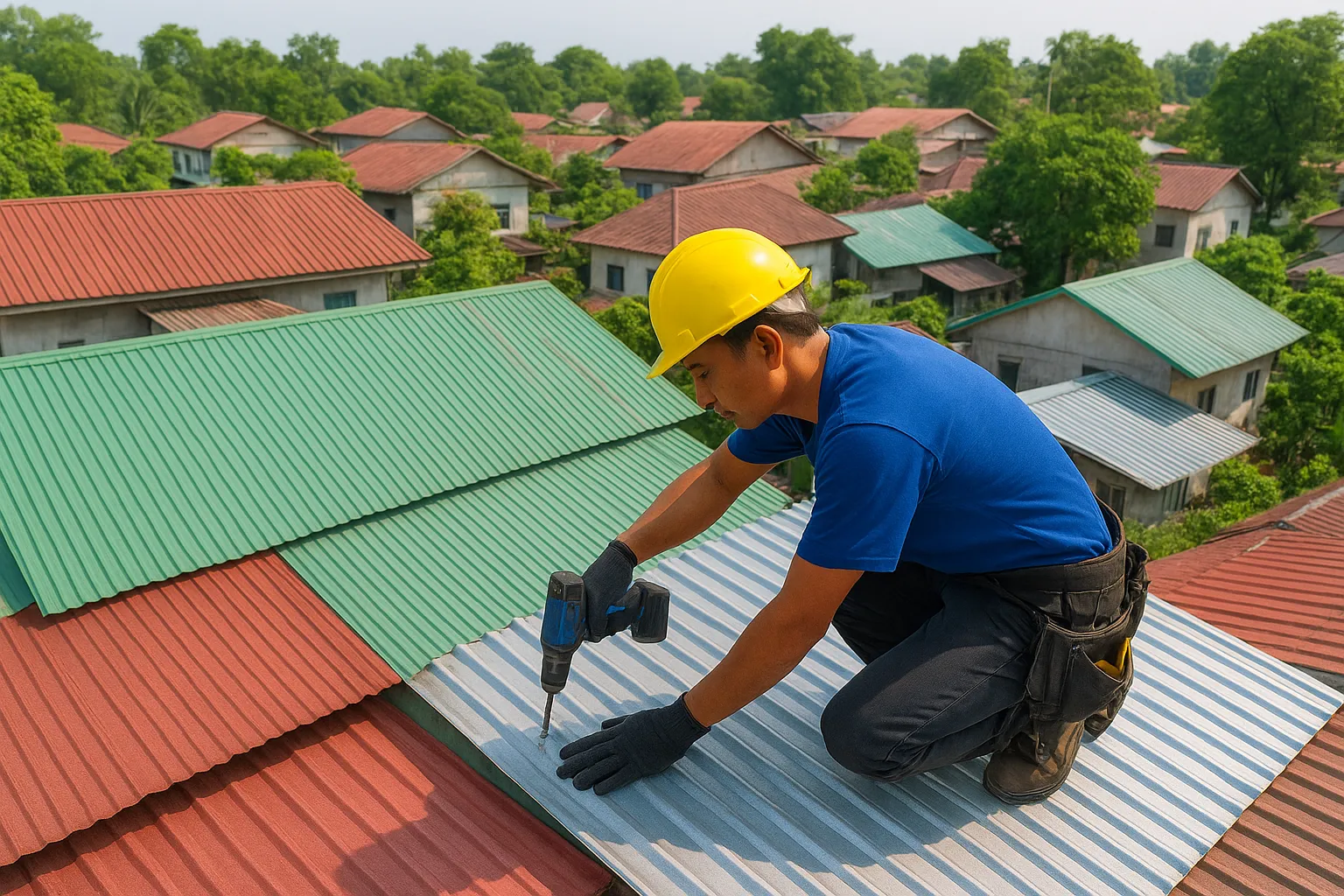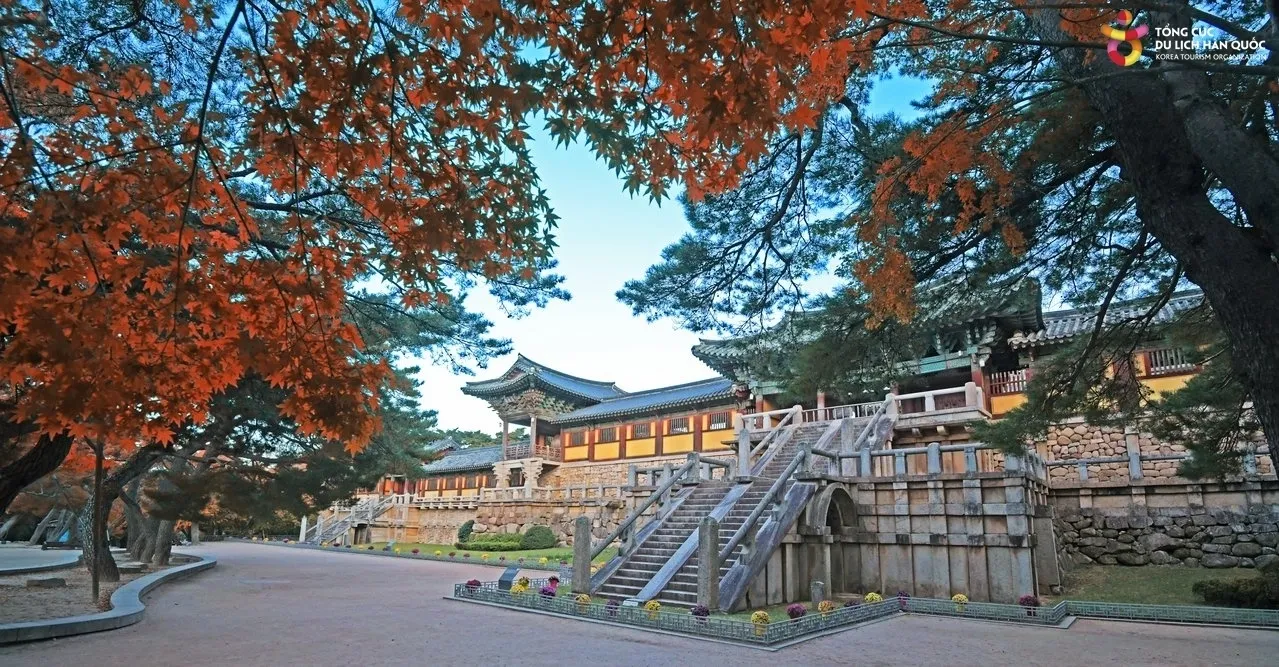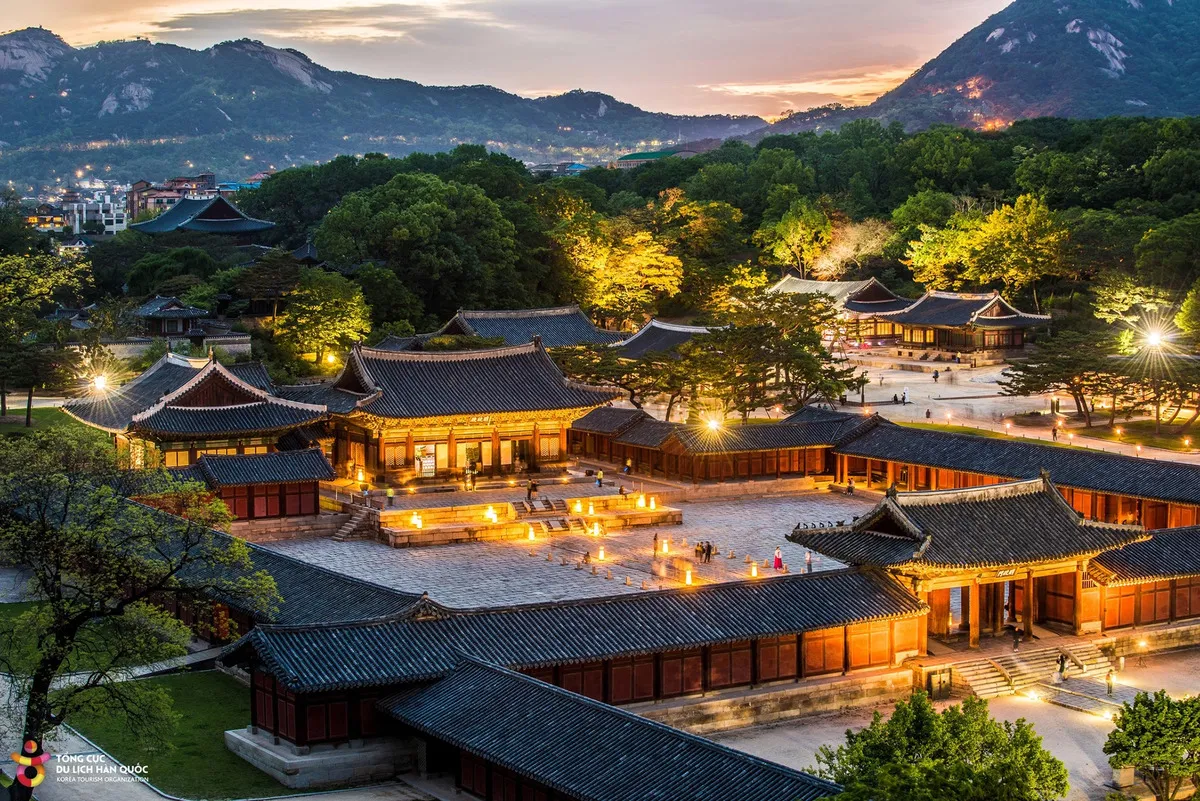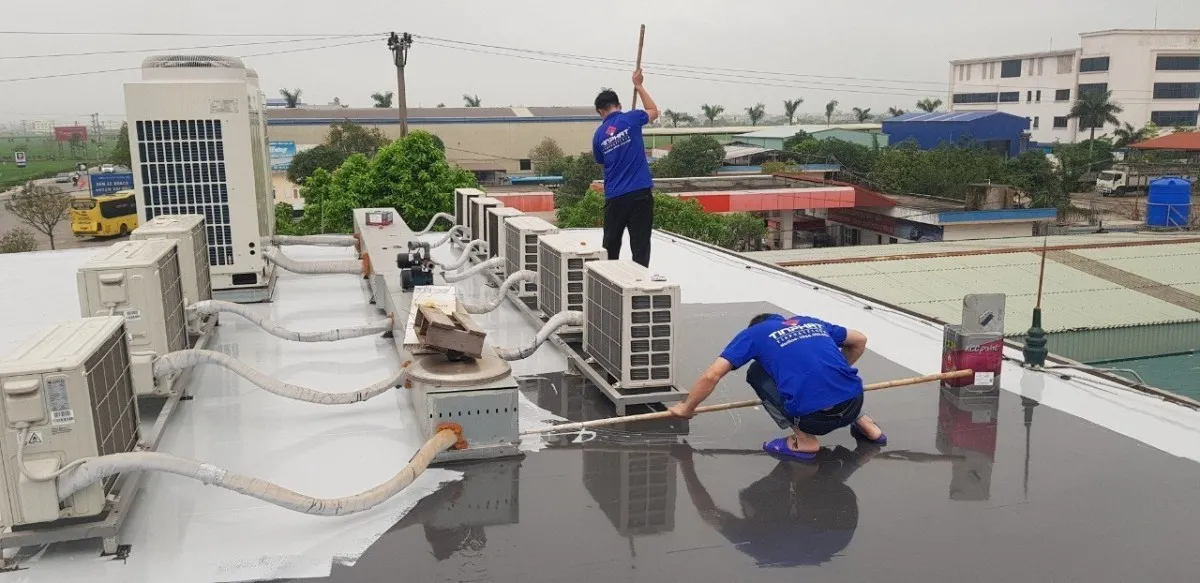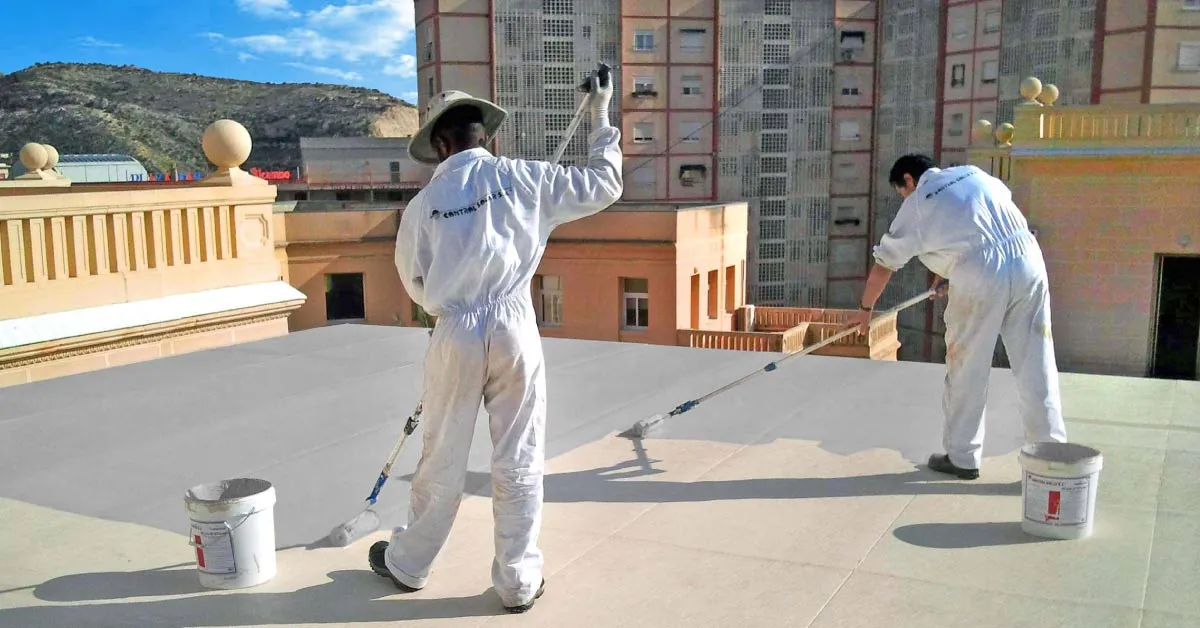The Future of Elderly Housing: Sustainable and Age-Friendly Communities
The world is undergoing a profound demographic transformation. Populations are aging at a pace never seen before, and by 2050, the number of people aged 60 and above will double. This shift brings both challenges and opportunities for housing, healthcare, and community design. The concept of elderly housing is no longer confined to nursing homes or retirement villages. Instead, it is evolving into a vision of sustainable and age-friendly communities that emphasize independence, dignity, and environmental responsibility. This article explores the past, present, and future of elderly housing, highlighting how innovation, policy, and design can shape a better tomorrow for older generations.
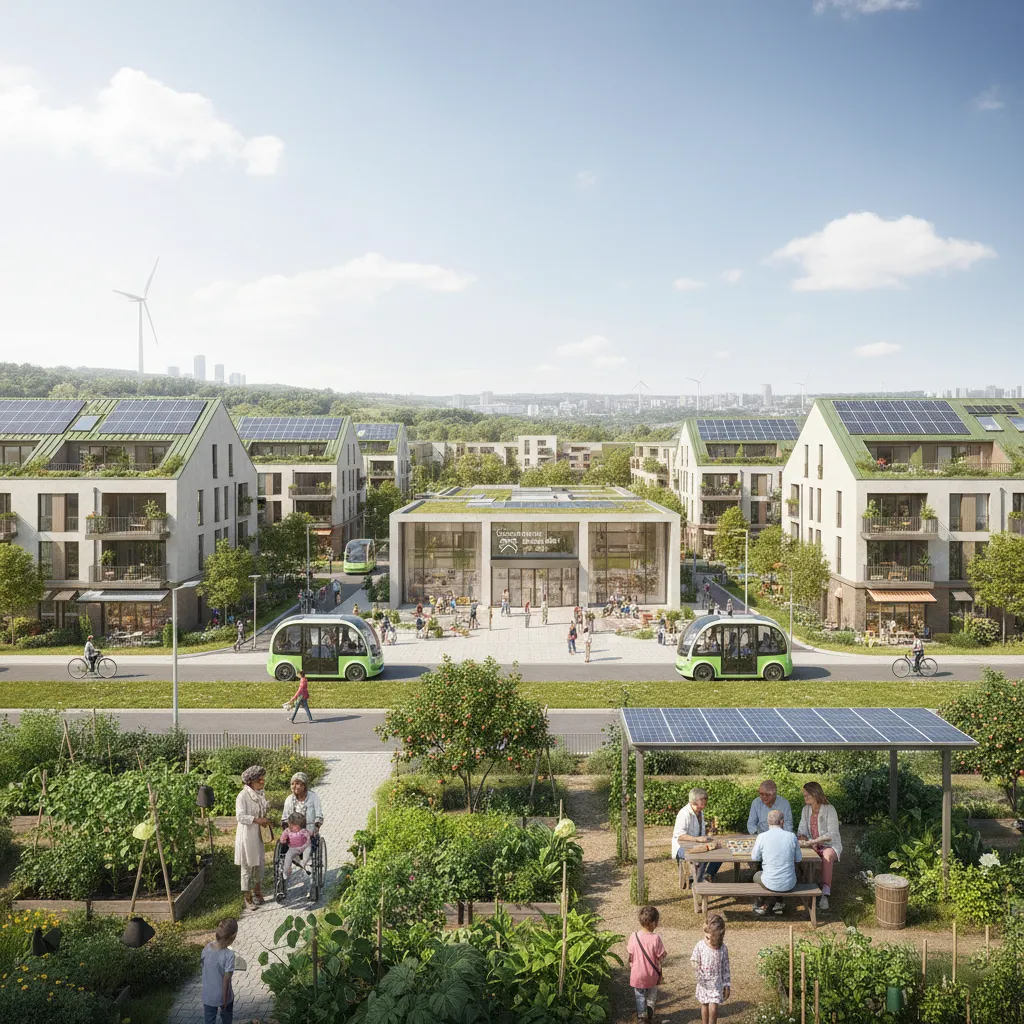
Historical Context of Elderly Housing
Traditionally, elderly housing was rooted in family-based care. In many cultures, older adults lived with extended families, relying on intergenerational support. However, industrialization and urbanization disrupted these structures, leading to the rise of institutional care facilities such as nursing homes. These facilities often prioritized efficiency over comfort, creating environments that felt clinical rather than homelike.
By the mid-20th century, retirement communities emerged, offering older adults independence within age-restricted neighborhoods. While these communities provided social opportunities, they often lacked integration with broader society, reinforcing segregation by age. Understanding this history is crucial to envisioning the future of age-friendly communities that balance independence with inclusion.
Current Challenges in Elderly Housing
Today, the demand for elderly housing is growing rapidly, but challenges remain. Affordability is a major concern, as many older adults live on fixed incomes. Rising healthcare costs and housing shortages exacerbate the problem, leaving vulnerable populations at risk of inadequate living conditions.
Accessibility is another pressing issue. Many existing homes and communities are not designed with universal design principles, making it difficult for older adults with mobility issues to live independently. Social isolation is also a growing concern, particularly in urban areas where community bonds are weaker. Addressing these challenges requires a holistic approach that combines policy, design, and community engagement.
The Shift Toward Sustainable Housing
The future of elderly housing is inseparable from the global push for sustainability. Buildings account for a significant portion of carbon emissions, and as the elderly population grows, so does the environmental impact of housing. Sustainable housing solutions focus on energy efficiency, renewable energy integration, and eco-friendly materials.
For example, green building design incorporates solar panels, rainwater harvesting, and natural ventilation to reduce environmental footprints. These features not only benefit the planet but also lower utility costs, making housing more affordable for older adults. Sustainable housing also emphasizes walkable neighborhoods, reducing reliance on cars and promoting healthier lifestyles.
Key Features of Sustainable Elderly Housing
- Energy-efficient appliances to reduce costs and emissions
- Natural lighting to improve mental health and reduce electricity use
- Green spaces for recreation and social interaction
- Accessible public transport to reduce car dependency
Age-Friendly Design Principles
Designing age-friendly communities requires more than just ramps and handrails. It involves creating environments that support physical, social, and emotional well-being. The World Health Organization (WHO) has identified key domains of age-friendly cities, including housing, transportation, social participation, and community support.
Universal design is central to this vision. Homes should feature wide doorways, step-free entrances, and adaptable layouts that accommodate changing needs. Public spaces should be safe, well-lit, and equipped with seating areas. Technology integration, such as smart home systems, can further enhance safety and independence.
Examples of Age-Friendly Features
- Step-free access for wheelchairs and walkers
- Smart sensors to monitor health and safety
- Community centers offering lifelong learning and activities
- Intergenerational spaces to encourage social interaction
The Role of Technology in Elderly Housing
Technology is transforming elderly housing by enabling independence and improving quality of life. Smart home devices, such as voice-activated assistants and automated lighting, make daily tasks easier. Wearable health monitors track vital signs and alert caregivers in emergencies, reducing hospital visits.
Telemedicine is another breakthrough, allowing older adults to consult doctors without leaving their homes. Virtual reality (VR) and augmented reality (AR) are being used for cognitive therapy and social engagement, combating loneliness. As technology becomes more affordable, it will play an increasingly vital role in age-friendly communities.
Benefits of Technology Integration
- Increased safety through monitoring systems
- Improved healthcare access via telemedicine
- Enhanced social connections through digital platforms
- Energy savings with smart thermostats and appliances
Policy and Government Initiatives
Governments play a crucial role in shaping the future of elderly housing. Policies that promote affordable housing, healthcare integration, and sustainable development are essential. For example, zoning laws can encourage mixed-use developments that combine housing with healthcare and retail services.
Subsidies and tax incentives can make sustainable housing more accessible to older adults. Additionally, governments can invest in public transportation and community infrastructure to support age-friendly communities. International collaboration, guided by frameworks like the WHO’s Age-Friendly Cities initiative, ensures that best practices are shared globally.
Community-Based Approaches
Beyond government action, communities themselves are driving innovation in elderly housing. Co-housing models, where older adults share living spaces and resources, are gaining popularity. These arrangements foster social connections and reduce costs, addressing both isolation and affordability.
Nonprofit organizations and local groups are also creating age-friendly communities by organizing social activities, volunteer programs, and support networks. These grassroots efforts demonstrate that sustainable elderly housing is not just about buildings but about fostering a sense of belonging and purpose.
Intergenerational Living Models
One of the most promising trends in elderly housing is intergenerational living. Instead of isolating older adults, these models bring together people of different ages under one roof or within shared communities. Students, young families, and seniors live side by side, exchanging skills, experiences, and support.
This approach benefits everyone: older adults gain companionship and assistance, while younger residents receive mentorship and affordable housing. Intergenerational living also strengthens community bonds and reduces age-related stereotypes, creating truly inclusive age-friendly communities.
Global Case Studies of Innovative Elderly Housing
Several countries are pioneering innovative approaches to elderly housing. In the Netherlands, the “Humanitas” model allows students to live rent-free in nursing homes in exchange for spending time with residents. In Japan, where aging is particularly advanced, robotic caregivers and smart housing solutions are being tested at scale.
In Scandinavia, eco-villages designed for older adults combine sustainability with community living. These examples highlight the diversity of solutions and the importance of cultural context in shaping age-friendly communities. Learning from global best practices can inspire new models worldwide.
The Future Vision: Sustainable and Inclusive Communities
Looking ahead, the future of elderly housing lies in creating communities that are both sustainable and inclusive. This means integrating housing with healthcare, transportation, and social infrastructure. It also means designing environments that adapt to changing needs, ensuring that older adults can age in place with dignity.
The ultimate goal is to move beyond the idea of “housing for the elderly” and toward communities for all ages. By embracing sustainability, technology, and inclusivity, societies can build environments where people of all generations thrive together. The future of age-friendly communities is not just about buildings - it’s about creating a better quality of life for everyone.
Conclusion
The future of elderly housing is about more than shelter - it is about creating sustainable, inclusive, and supportive environments where older adults can live with dignity and purpose. From historical lessons to modern innovations, from government policies to grassroots initiatives, the path forward is clear: we must design age-friendly communities that integrate sustainability, technology, and intergenerational connection. By doing so, we not only improve the lives of older adults but also create healthier, more resilient societies for all.

